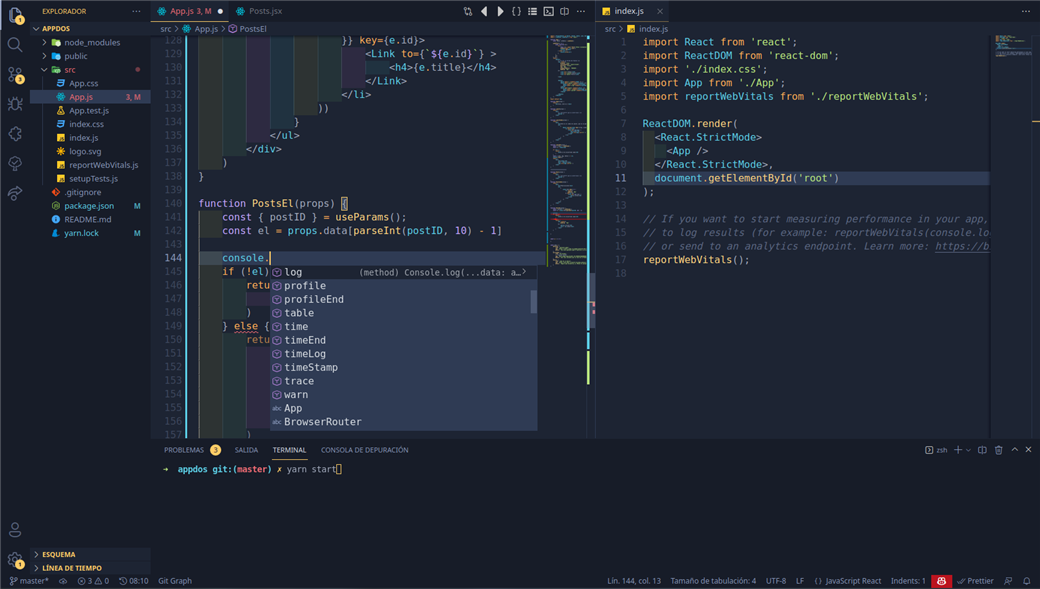

Microsoft respond to Windows on Arm developers at Build - Announcements - Arm Co...
source link: https://community.arm.com/arm-community-blogs/b/announcements/posts/build-windows-on-arm-developers
Go to the source link to view the article. You can view the picture content, updated content and better typesetting reading experience. If the link is broken, please click the button below to view the snapshot at that time.
Microsoft responds to Windows on Arm developers with Build announcement

Microsoft’s Build 2022 announcement of “Project Volterra” – its first Windows 11 on Arm developer kit – and a comprehensive Arm-native developer toolchain at Build 2022 is yet another step-change for developing on Windows on Arm (WoA) devices.
The end-to-end Arm native toolchain for Arm native applications, includes full Visual Studio 2022, Visual Studio Code, Visual C++, Windows Subsystem for Linux, Windows Subsystem for Android, .NET, and many more. Microsoft also committed to supporting OpenJDK, Python, LLVM, Node and Git to support Arm64 natively.
Accelerating momentum with Windows on Arm
At Arm, we are delighted by the Build 2022 announcements and will be working closely with Microsoft to ensure that Windows developers capitalize on these latest developments. Based on the growing WoA ecosystem in recent years and our joint survey with Microsoft exploring the attitudes towards WoA from Windows developers, we know that WoA has plenty of positive momentum. The Build 2022 announcement accelerates this growing momentum with new developer resources that we believe could fundamentally change the WoA landscape in the next five years.
The key survey results
Before Build 2022, Arm and Microsoft commissioned an in-depth survey that gauged the views of 736 Windows developers and their attitudes to developing on WoA. This included what they think about the tools and features currently available and what they want available in the future, as well as where developers feel the market could be heading in the future.
The majority of Windows developers have a positive view of WoA, including the tools and features that are currently provided. A significant proportion even suggested a seismic shift in the next five years towards WoA in the PC market.
Tools and features for WoA
Tools are vital for developers looking to add WoA support to their applications. Developers can use the tools, compilers, and frameworks they are most accustomed to and simply select WoA as the target.
Since 2018, Arm has been working to make developing native applications as frictionless as possible. Early on, we ported the Electron framework used by applications such as Microsoft Teams, WhatsApp, and Visual Studio Code, so developers could more easily support WoA natively and take advantage of the benefits that the Arm architecture brings.
The survey asked respondents for their views on various WoA tools and features, including: development tools; optimization tools; testing tools; the reliability of the platform; privacy and security; power consumption and battery life; packaging of solutions; and the distribution of Arm64 applications.
Across the board, these tools and features are viewed neutral to positive by respondents. The most positively rated are the privacy and security features, with 89 percent viewing them as neutral to positive.
While these results are encouraging, half of all survey respondents did also note that the availability of Arm64 versions of libraries/ frameworks/ runtimes/ tools is a key challenge in being able to support WoA with their applications. Moreover, the debugging tools and experience for WoA is cited as a challenge by 46 percent of respondents. The WoA announcements at Build 2022 demonstrate that Microsoft is looking to address these challenges through the availability of further tool and feature support.
Additionally, the survey asked respondents what development tools are needed to be available for WoA. The most “in-demand” developer tool was Git, with 71 percent saying that this should be available. This was closely followed by Visual Studio at 66 percent. Once again, Microsoft is responding to the challenge set by the Windows developer community, with Visual Studio now part of the end-to-end Arm native developer toolchain. Microsoft has also committed to supporting Git on Arm64 natively.

Screenshot of Visual Studio
Away from the Build announcements, it is worth noting that targeting WoA with familiar development tools is already becoming less of an issue. The work being done by Linaro on packages such as LLVM, Qt, and MinGW are just some of the tools that are available, with more on the way.
Developer usage and perception of WoA
We know that there is still more work needed to explain to developers why they should be adding native WoA support to their applications. The biggest big drawback noted in the survey is the absence of a WoA developer class system, with just over half of respondents stating that the availability of relevant hardware is a big challenge in supporting WoA and their applications. However, this obstacle is likely to be tackled with the introduction of “Project Volterra”, which allows WoA developers to refine and hone their applications on developer-class hardware.

"Project Volterra" developer kit
Elsewhere in the survey, it is promising to see that around 38 percent of survey respondents are thinking of adding WoA support to their applications. From this percentage, 35 percent are currently planning to add support now or planning on doing so this year.
When asked about why developers would want their applications to support WoA, the performance of the devices was a stand-out reason – 71 percent. This was closely followed by the device size (38 percent), which supports the positive sentiment towards the sleek and slim form factor.
These results do provide indications that the work over the past few years is beginning to bear fruit. Behind the scenes, Arm has committed significant work and resources into unblocking native application development and enabling new architectural tools and features to support WoA developers.
At the same time, prior to Build, Microsoft made two key commitments to support the advancement of the WoA application development process. Firstly, it joined Linaro – the open-source collaborative engineering organization that develops software for the Arm ecosystem – and is now on a team consisting of Linaro, Arm and Qualcomm that have all been working together to build an ecosystem that supports native application development on WoA. This group is also helping to steer the priorities of the open-source tools for WoA. Secondly, the new Windows 11 update is bringing big performance boosts across the entire system, with this helping to create a smooth migration path for developers looking to add WoA support to their applications.
Where the WoA market is heading
Questions around the potential of WoA and where the market is heading is where we got some very encouraging responses. In terms of market potential, half of all survey respondents believe that WoA will constitute 24 percent or more of the PC market in the next five years. If this plays out, it would represent one of the largest shifts in PC architecture in decades. A significant majority (81 percent) also believe that there would be some form of WoA market growth in the next five years. Windows developers clearly think that WoA is set for growth in the immediate future, which is encouraging for the ecosystem.
In terms of actual applications, respondents believe that work-based applications have the most potential for WoA. Productivity applications (66 percent) came out on top, followed by utilities and tools (44 percent) and then business (38 percent). The potential of these types of applications reflects the ‘always on, always connected’ nature of WoA laptop devices that enabling seamless working and productivity no matter where users are.
What the survey results mean
The views of WoA among Windows developers are bringing excitement and expanded focus to delivering the right tools and technologies. Arm and Microsoft remain committed to this through our continued collaboration. From the survey we know that challenges remain, but we see “Project Volterra” and a new comprehensive Arm-native developer toolchain as significant announcements will address any hurdles that developers face when targeting WoA devices.
With these developments and the combination of more WoA devices and more WoA support being added to applications, we are very positive about the future growth potential of the WoA ecosystem. This is reflected in the survey where half of the Windows developers predict a significant growth trajectory in the next five years.
There is a great opportunity to encourage developers to take a deeper look at WoA and learn more about what they need to get started in the application development process. Arm and Microsoft are committed to continuing to work together to ensure that the enormous potential of WoA is realised through more tools, features and hardware to support developers.
Windows on Arm developer resources
Alongside the recent Build announcements, Arm currently has a selection of Windows on Arm tools and guides for developers that are free to access on developer.arm.com. Additionally, working alongside Arm and Microsoft, Linaro have a list of current projects being worked on to get Arm working on Windows natively. These projects are listed here.
If developers are at the start or middle of the Windows on Arm developer journey, then we recommend looking at these tools, resources and projects for useful insights and guidance.
Recommend
About Joyk
Aggregate valuable and interesting links.
Joyk means Joy of geeK